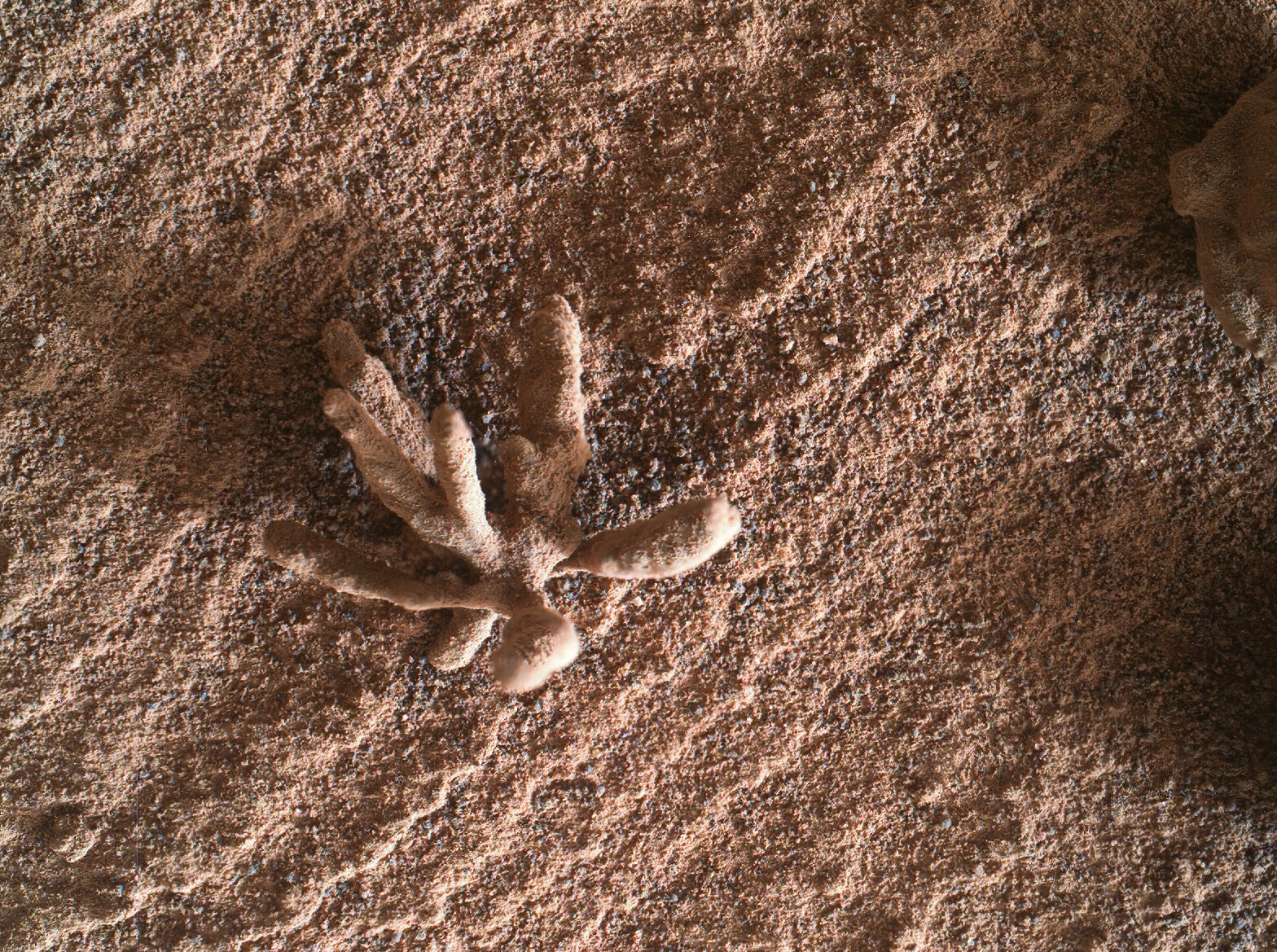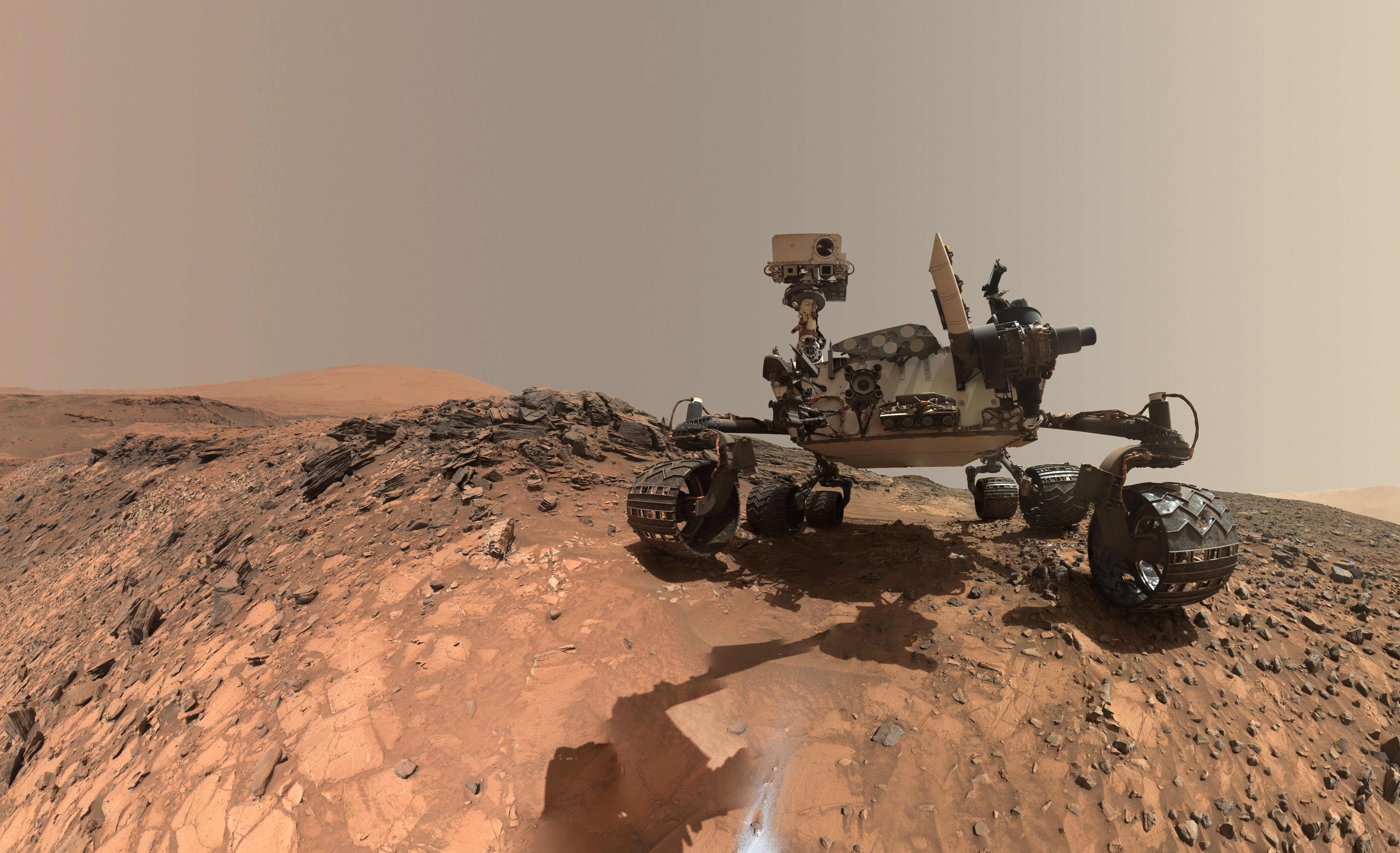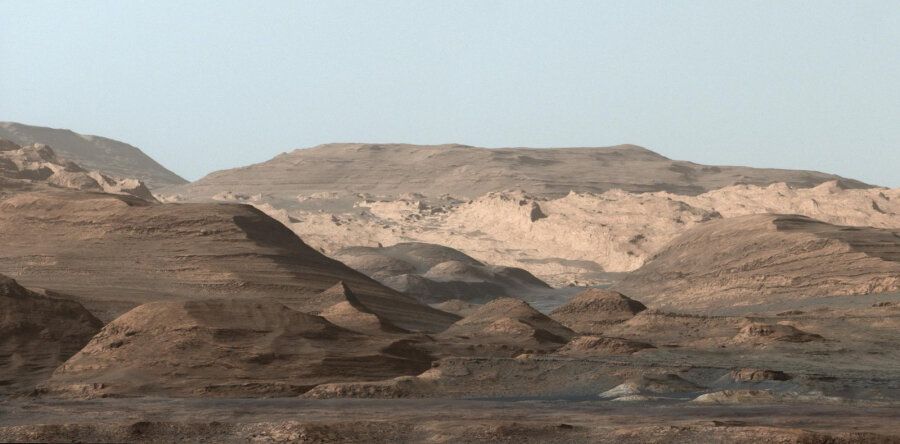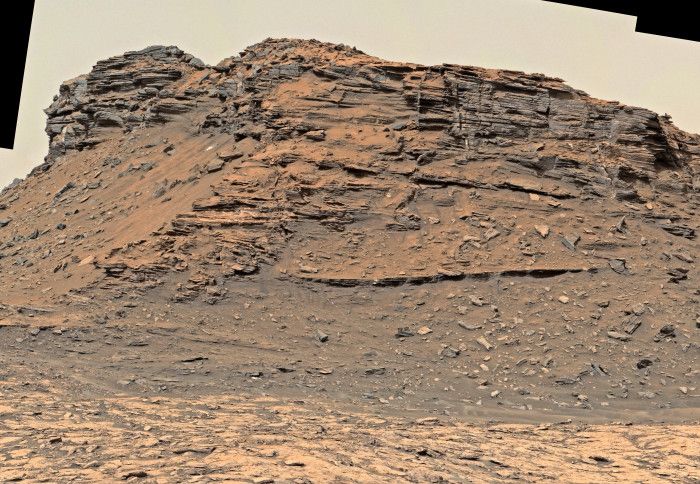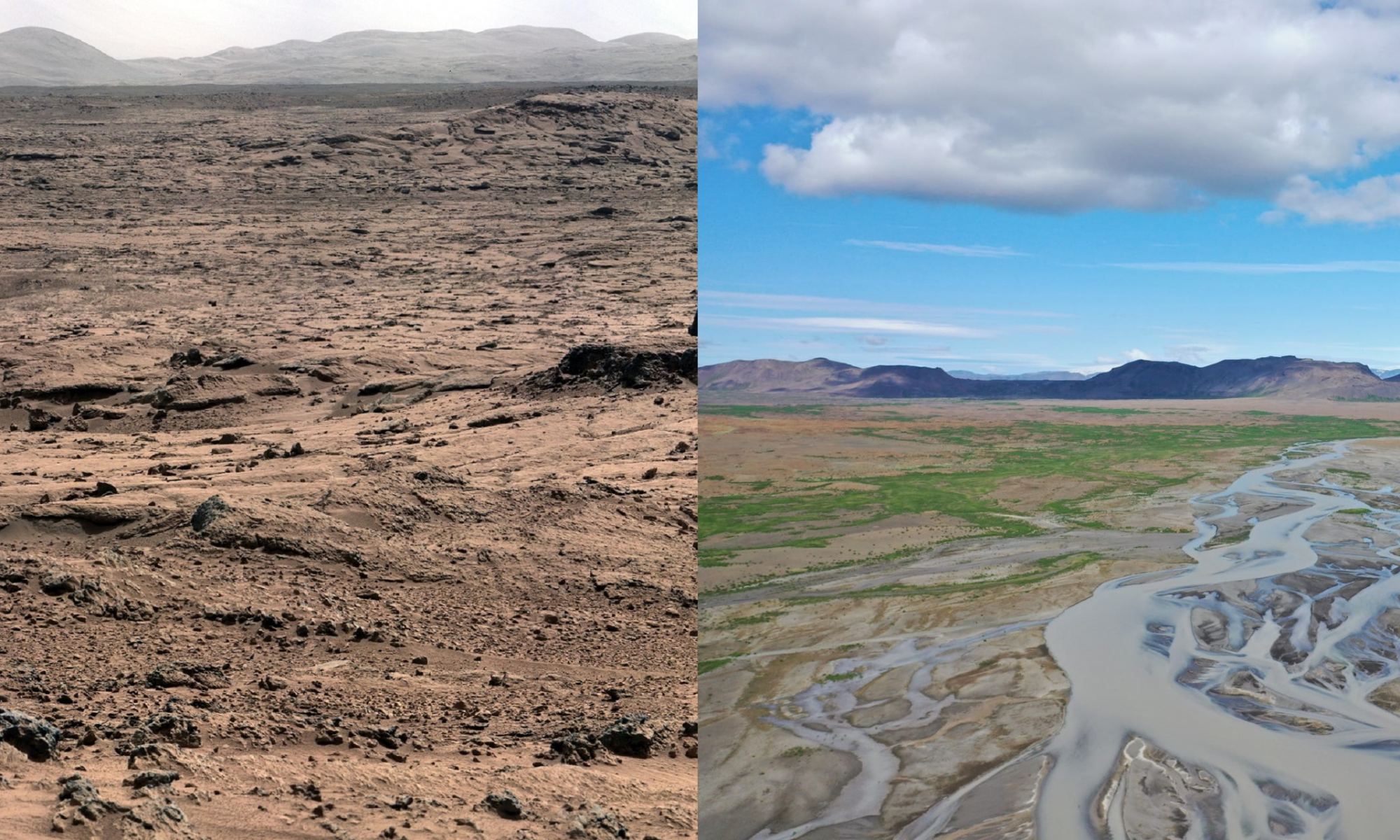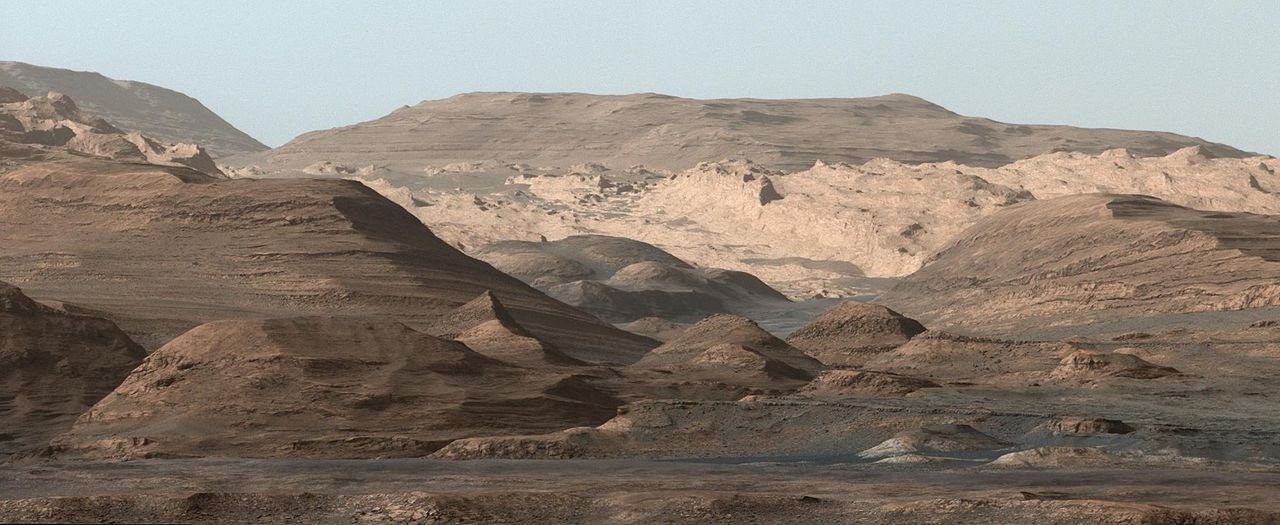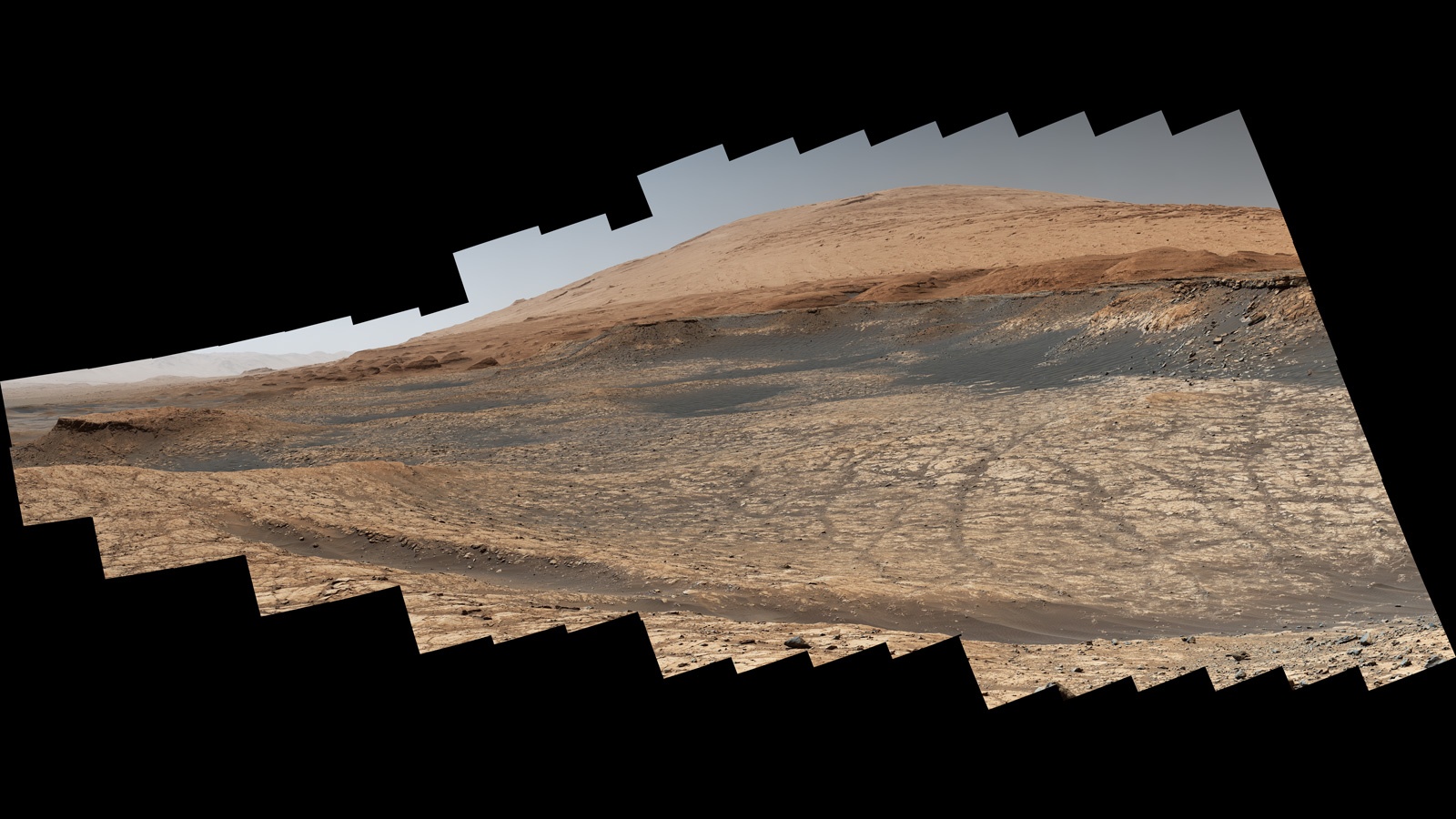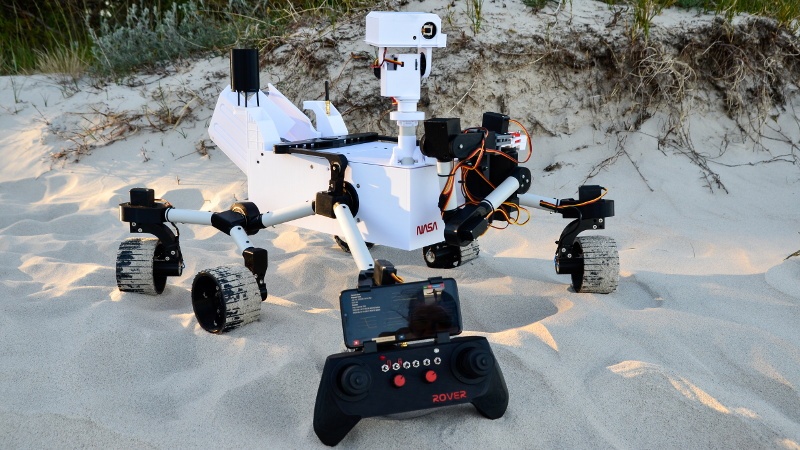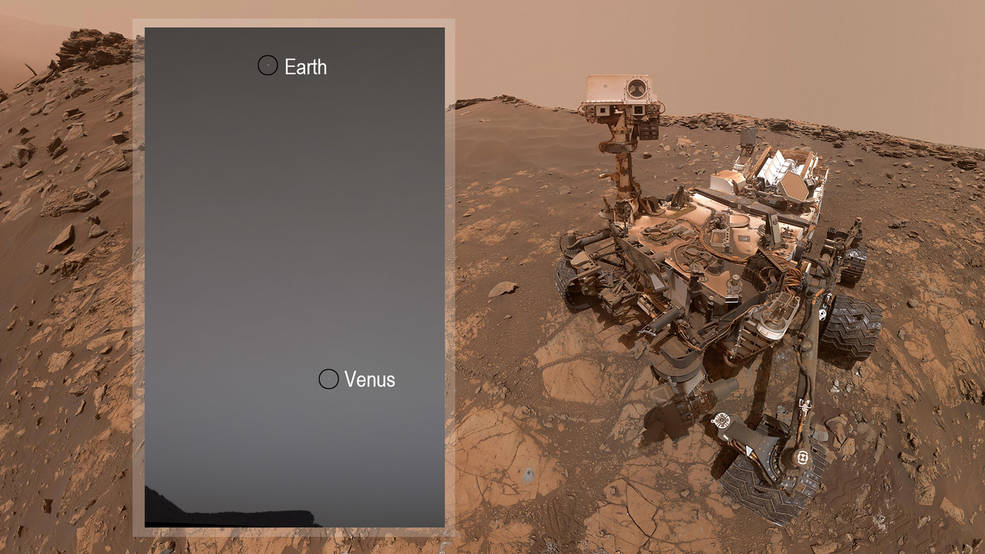The Curiosity rover took a picture of something pretty enticing this week on the surface of Mars. While the object in question looks like a tiny little flower or maybe even some type of organic feature, the rover team confirmed this object is a mineral formation, with delicate structures that formed by mineral precipitating from water. The size of this tiny object is just 1 centimeter.
Continue reading “Curiosity Finds a Bizarre Rock on Mars that Looks Like a Flower”Curiosity Finds a Bizarre Rock on Mars that Looks Like a Flower
